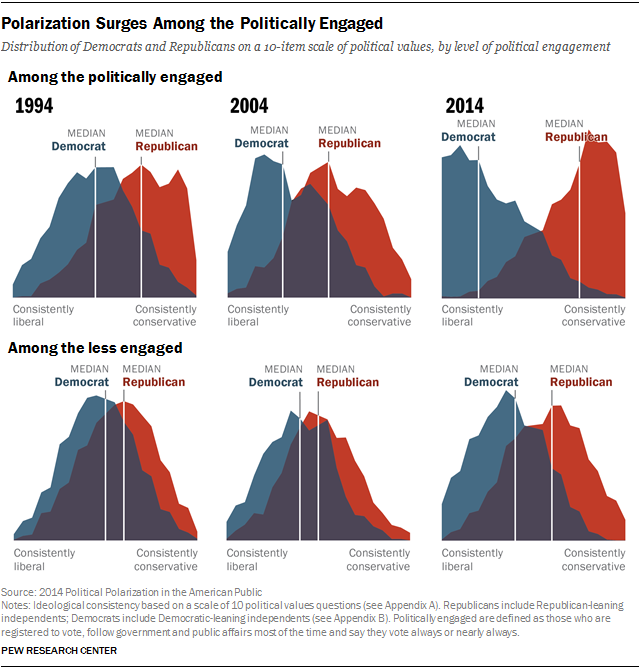I sometimes hear marketers or agencies say that they do digital marketing, or people will ask if I do digital marketing.
I’m not totally sure what they mean by it or what they’re looking for. Do they mean email, social media, search ads, and blogging? Do they mean expertise in the 40+ categories of marketing technology including marketing automation, virtual reality, and programmatic advertising?
My attitude towards “digital marketing” is that of Marc Pritchard, P&G’s Chief Brand Officer, who said a few years ago, “We don’t do digital marketing. We market in a digital world.”
Of course companies need to be wherever their customers are and increasingly that’s online. That’s why digital advertising now surpasses even TV ads. And getting your website right is critical.
But there is far more to marketing than just executing campaigns in digital channels. It all starts with understanding your customers, what they really want, and the emotions that drive their decisions. That kind of research is often best done face to face, or at least by phone or web conference.
Your revenue generation efforts may involve direct outreach to key accounts by sales with the support of marketing in the form of new content. This cadence of sales contacts may begin with the sending of a physical piece through the mail. I’ve found this approach to direct sales or account based marketing can be very effective.
Google and Amazon use TV ads, and ads in other media.
And physical events are still one of the most effective forms of customer acquisition and retention for many companies.
So definitely do digital marketing – whatever that is – and incorporate it with strategic research and insights and traditional channels when they’ll work best.
Right message in the right place at the right time.


